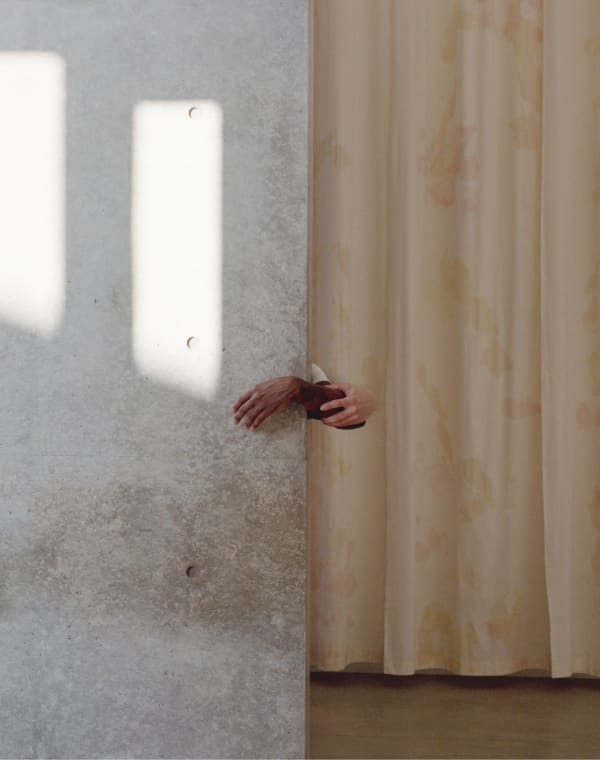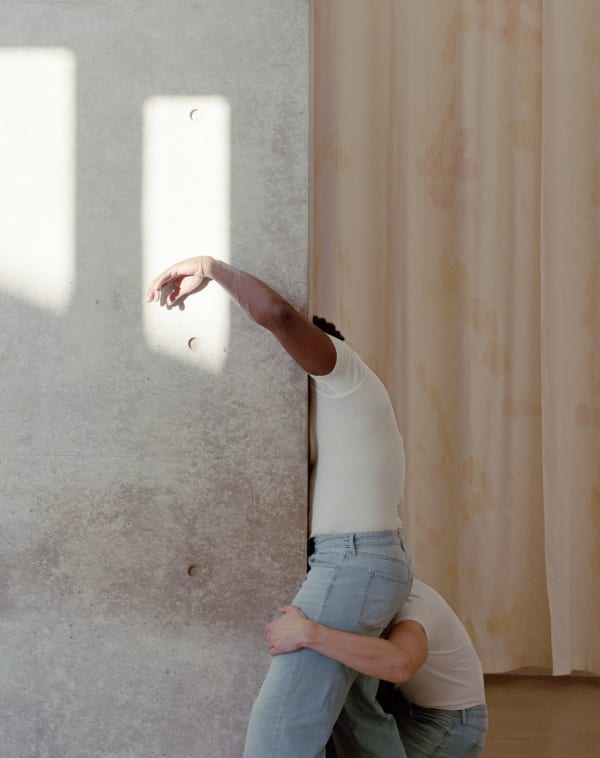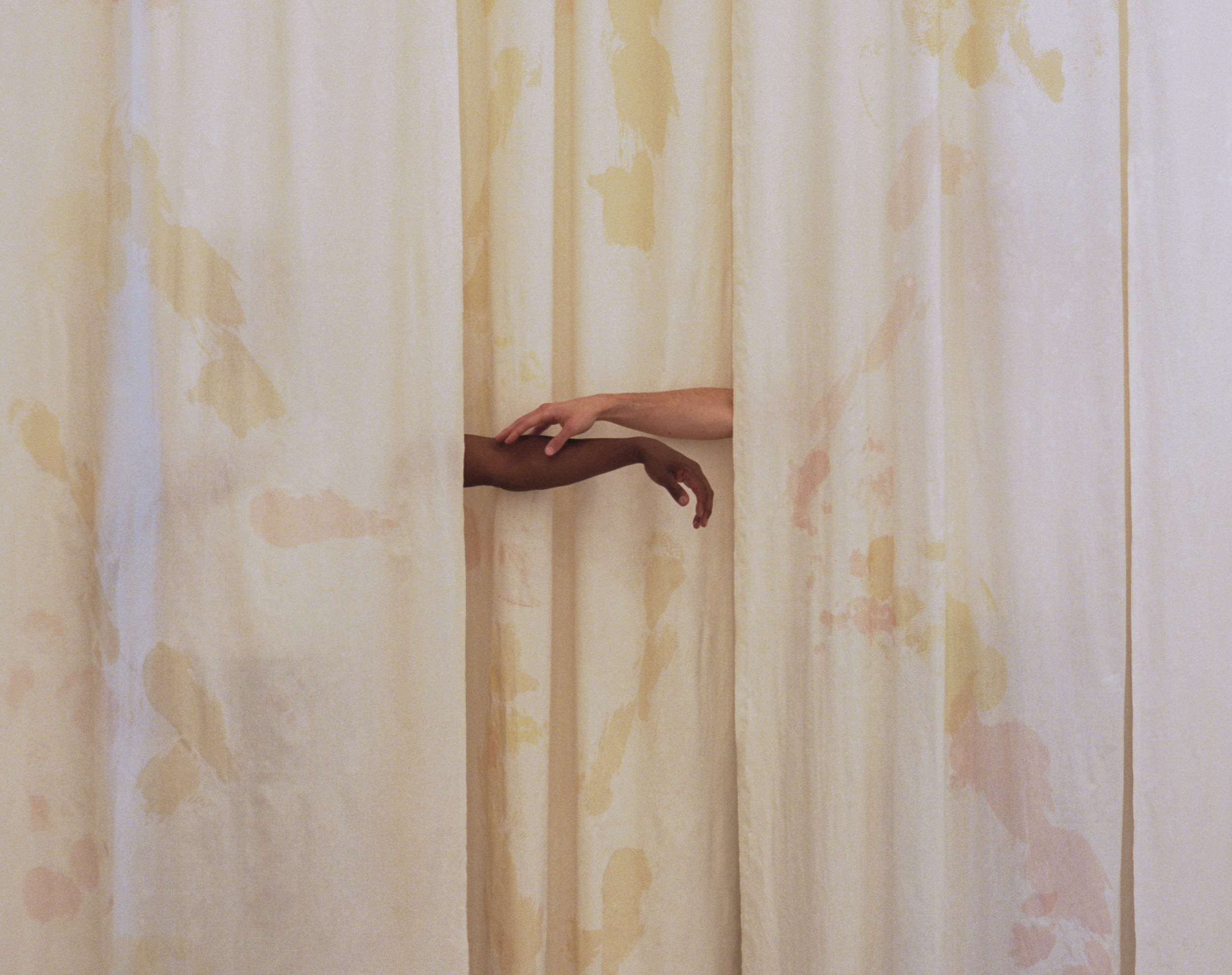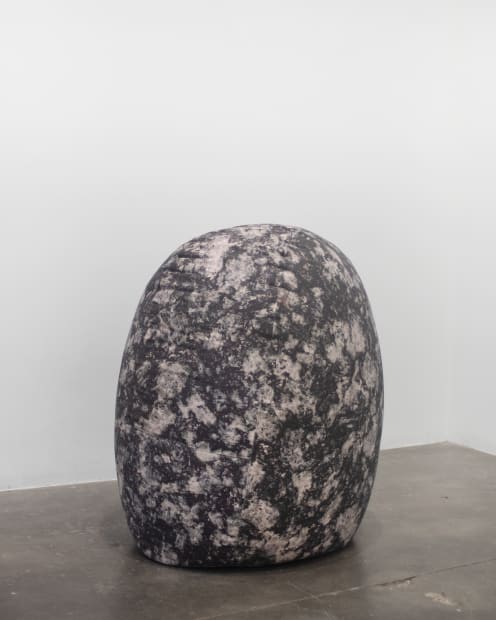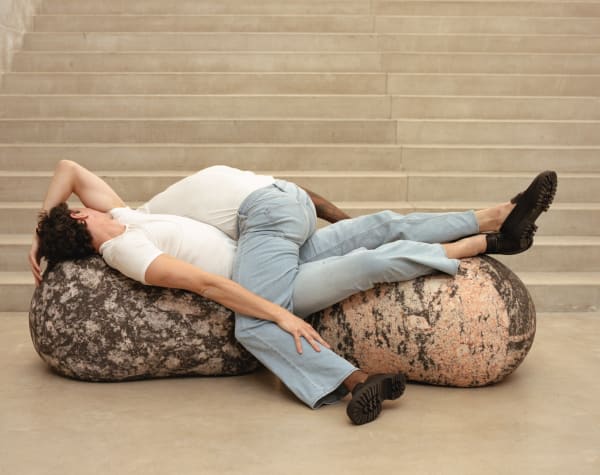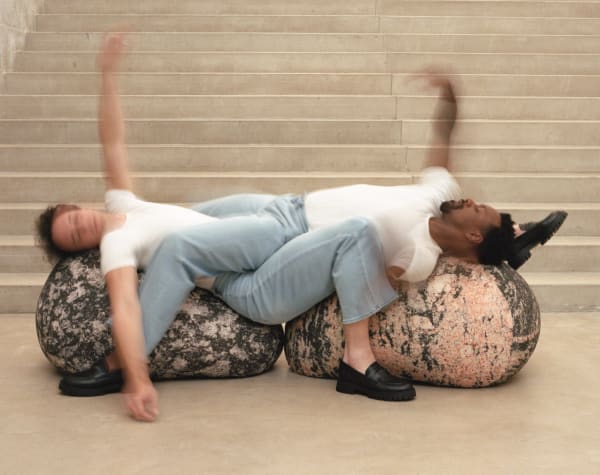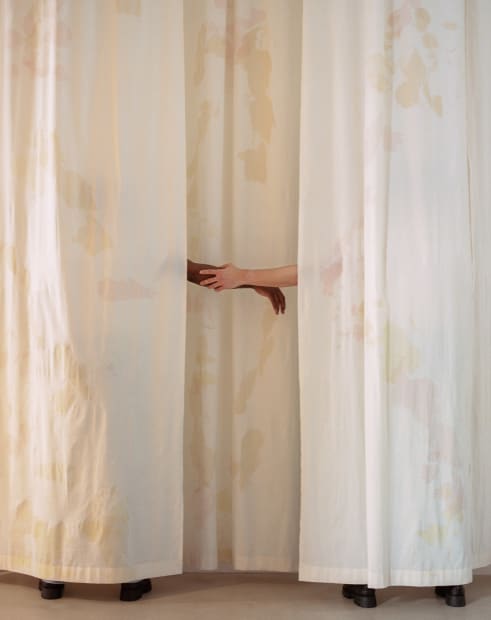-
BRENDAN FERNANDES
Duet
-
 Installation view, Susan Inglett Gallery, NYC | Photo: Adam Reich
Installation view, Susan Inglett Gallery, NYC | Photo: Adam Reich -
A true interdisciplinarian, Fernandes weaves together performance, sculpture, photography, installation, and more in his ongoing examination of human connection and intersectional culture, highlighting queer communion, cultural dissonance, and the contemporary concerns of marginalized communities. Fernandes employs choreography as an instrument of embodiment and radical visibility, and his photography documents these performances, cannily distilling the actions and movements. Duet showcases Brendan Fernandes' unique practice and methods via a combination of performance, photography, sculpture, and installation.
-
Duet originated in response to the Pulitzer Arts Foundation's exhibition Scott Burton: Shape Shift, a similarly multifaceted sculptor, performer, and critic who passed away in 1989 from AIDS-related complications. Fernandes was commissioned to choreograph the performance In Two, a score that saw pairs of dancers interact with both Burton and Fernandes' work within the exhibition space. In collaboration with The Fabric Workshop and Museum, Fernandes produced a series of fabric works inspired by Burton's granite seating and a set of curtains Burton made in residency at FWM in 1978. In Fernandes' piece, the cotton muslin curtains enter the stage as performers themselves, creating a tactile wall that the dancers could hide behind and become tangled within.
-

-
These actions of obfuscation and entanglement suggest enduring themes in queer creative expression, toying with visibility and freedom. These themes are reinforced by the appearance of what seem to be innocuous smudges printed on the curtain fabric. Fernandes reveals these shapes as swipes left behind on a phone screen, a contemporary version of the nonverbal art of "cruising," often referenced in Burton's performances. "Cruising" is a method by which queer people sought (and still seek) intimacy in a cultural context that discouraged such interactions....Fernandes spoke about the importance to Burton’s work of the coded behaviors involved in cruising — of “finding outlaw desire and mutual connection in public.” The obsolescence of those codes, Fernandes proposed, may have less to do with social tolerance than with alternative ways of connecting, such as dating apps. Curtains commissioned for this performance are very lightly patterned — coded, one could say — with photos of fingerprints from swipe marks on his phone screen.
- Nancy Princenthal, The New York Times
-

-
Much of Fernandes' prior work in choreography and performance concerns itself with the limitations of the body and the ability of dance to push and discipline the human form in occasionally extreme ways. Sculptures that mediate physicality and movement are not new to Fernandes' oeuvre, yet here they act as places where the body can relax or find support rather than be challenged or reformed, especially in an exhibition that addresses notions of comfort and closeness.In Fernandes' photographs, the lens of the medium-format camera captures these moments of intimate embrace and desire-fueled tension, contemplating the agency of touch. The images act both as a devotion to the importance of community and a reminder of the surveillance of the body.
-

-

-

-
 Installation view, Susan Inglett Gallery, NYC | Photo: Adam Reich
Installation view, Susan Inglett Gallery, NYC | Photo: Adam Reich -

Photo: Virginia Harold
-
Conversation hosted by the Gallery between Brendan Fernandes and Mike Harwood, a performer in Scott Burton's 1972 Group Behavior Tableaux at The Whitney Museum of American Art, moderated by curator Jeremy Johnston, who serves on the Scott Burton Advisory Committee at the Museum of Modern Art.
BRENDAN FERNANDES: Duet
Past viewing_room

